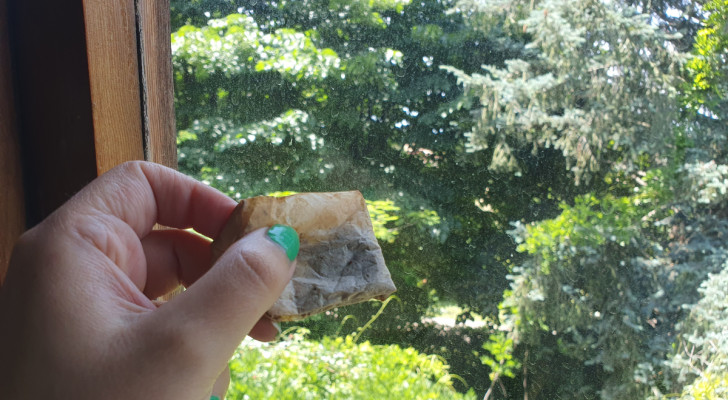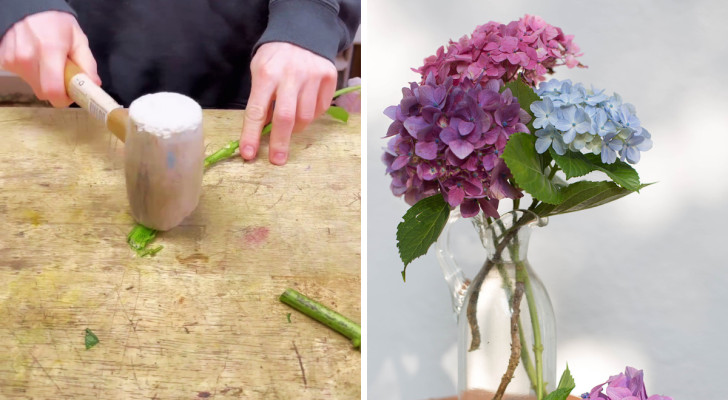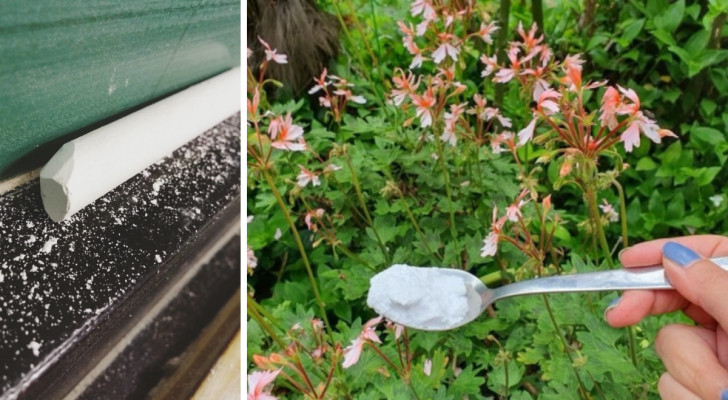Is your garden full of pine needles? Find out ways to use them

Advertisement
Anyone who has a pine or fir tree in their garden or nearby will be well aware of the carpet of needles they produce practically all year round. They are majestic and very beautiful trees, often giving great value to parks and gardens, and are also very long-lived and hardy when it comes to warding off diseases. However, they force a constant cleaning of the soil at the foot of their trunks, since evergreens lose their needles every season.
However, this is not necessarily a bad thing: the needles protect the soil in winter and then enrich it with substances as they decompose. But even if you want to collect these dead needles, you can use them in various ways. We describe some of these uses for pine needles below.

- If by chance, the tree that ends up giving you your collected needles is a Scots pine or a spruce, you could use them to make a DIY soap. The needles of these plants, in fact, contain substances that have antibacterial properties, which are also found in the essential oil of Scots pines. So if you want to prepare a DIY soap, you can add a few drops of essential oil and also the needles, whole or powdered to your soap solution. The soap will take on a pleasant balsamic aroma, and if there are tiny bits of needles present, they can also work as a scrub.
- Needles are ideal for mulching flower beds: place them around acidophilic plants, such as azaleas, hydrangeas and rhododendrons. Gradually the needles decompose and increase the acidity of the soil, which these plants love very much. You can also speed up the process by putting them through a shredder first.
- Prepare an infusion of pine needles to clean the surfaces: fill a glass jar with pine needles, then fill with one part of white vinegar and five parts of water, leaving 3 cm clear at the top of the jar. Close the jar and shake it; then leave it in the fridge for 4 weeks or longer. After this period, filter everything with gauze, throw away the needles and fill a spray bottle with the liquid 3/4 of the way, the rest to be topped off with water. Now you are ready to clean the surfaces in the house on which you would normally have used vinegar!
- If you are sure that the variety of tree that produces the needles you have collected is not toxic (or it has been not been treated with any toxic product), then you can also use the needles for a foot bath: just take a handful of clean needles and put them in a basin of hot water, then immerse your feet after about ten minutes (possibly adding more hot water) and keep them immersed for a quarter of an hour. This solution is sometimes used as a remedy for athlete's foot.
- The longer needles of certain pines can also be dipped in hot water so that they become soft and used to weave baskets or other objects.
- There are tutorials for using needles that are still green to create an organic cotton dye.
- Dry needles are great for lighting fires, in fireplaces or barbecues, and without the need to resort to using the chemical alternatives!
Advertisement





